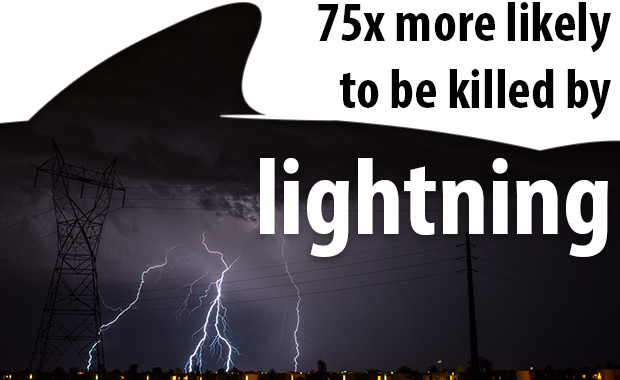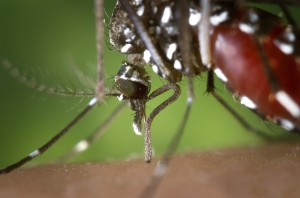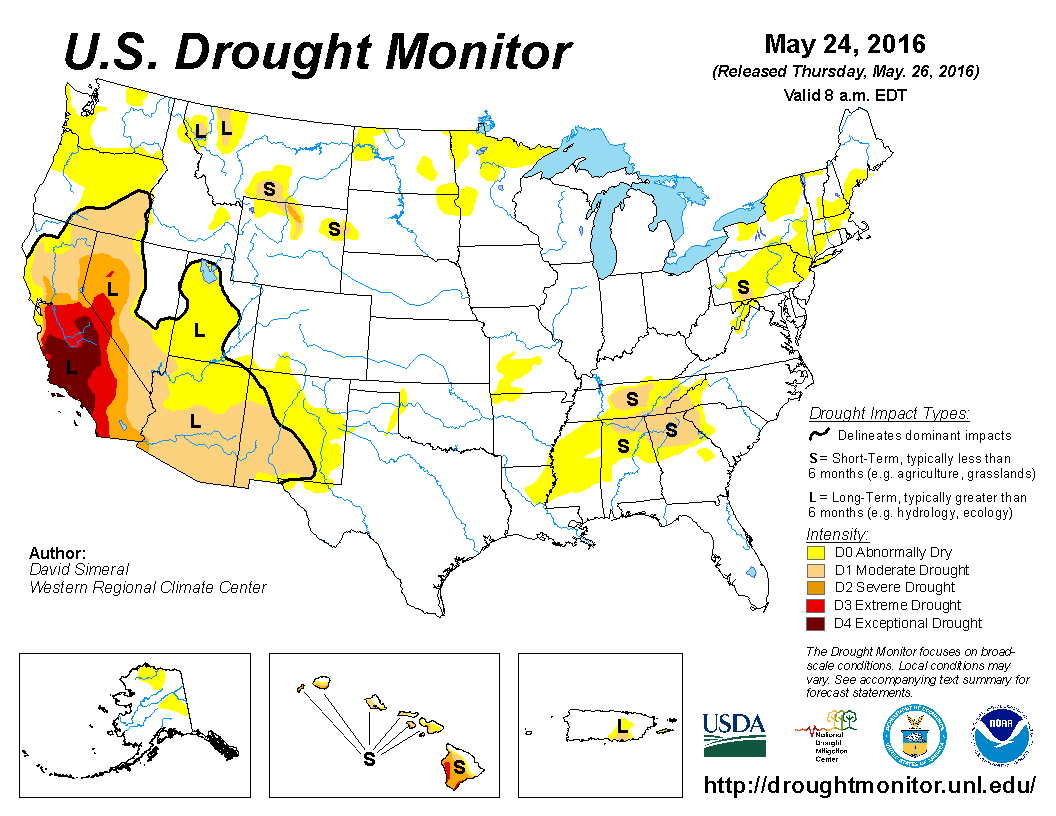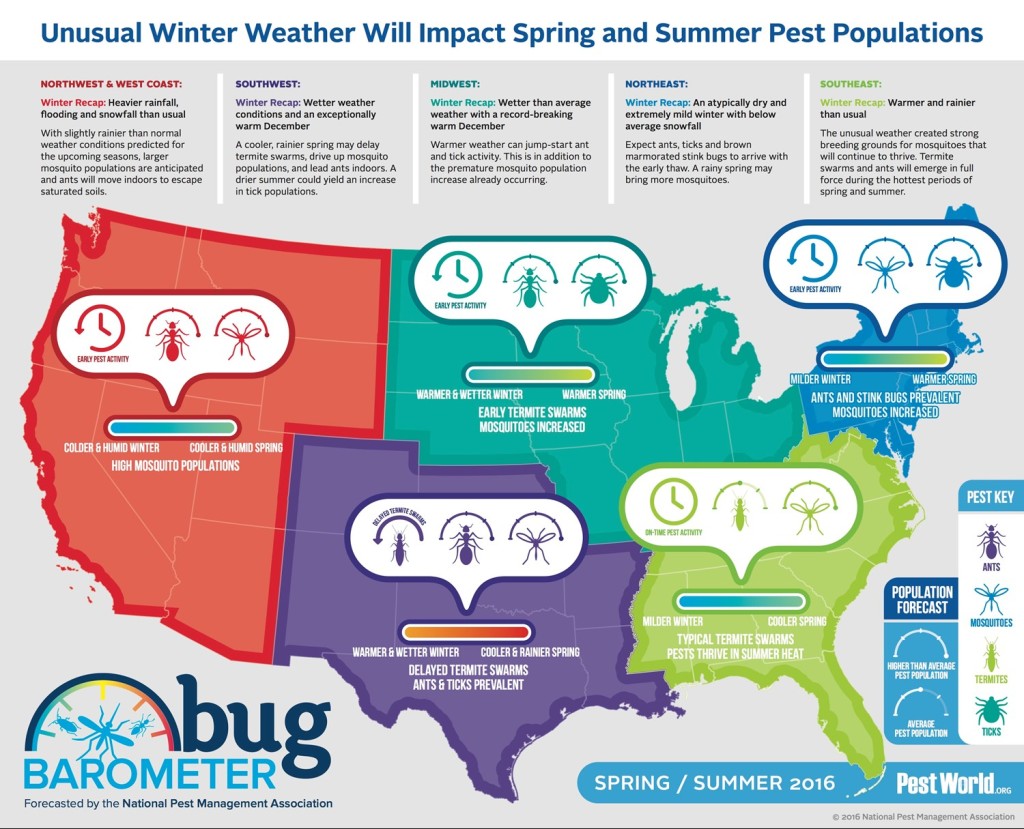 What’s newsworthy about summer? Well, aside from the fact that it’s time to relax, it’s also the time of year when we typically see more shooting stars… more droughts… more wildfires… more bugs… and (dare we say it?) more shark attacks. We don’t have a crystal ball, but these are our predictions for Summer Science in the news.
What’s newsworthy about summer? Well, aside from the fact that it’s time to relax, it’s also the time of year when we typically see more shooting stars… more droughts… more wildfires… more bugs… and (dare we say it?) more shark attacks. We don’t have a crystal ball, but these are our predictions for Summer Science in the news.
Catch a ‘Shooting Star’

Animation credit: NASA MSFC
On some summer nights, the sky sizzles with shooting stars—which are actually space particles, most commonly shed by comets, that vaporize when they hit Earth’s atmosphere. The season’s most famous meteor shower is the Perseids. The show peaks in the second week of August, with dozens of meteors per hour streaking across the sky.
Other notable summer showers include the southern Delta Aquarids in late July, followed a few days later by the Alpha Capricornids. For a full lineup of meteor showers, you can consult the Old Farmer’s Almanac’s 2016 Meteor Showers Guide.
Shark Attacks on the Rise?
Shark attacks hit an all-time high in 2015—and experts are predicting that summer 2016 may be another one for the record books.
If you’re looking for the final word in shark attacks, check out this map of the world’s confirmed unprovoked attacks by sharks. The International Shark Attack File (ISAF), the longest running database on shark attacks, has a long-term scientifically documented database containing information on all known shark attacks, and is the only globally-comprehensive, scientific shark attack database in the world.

Their site is also a perfect ichthyological resource for teaching about sharks and other fish. They even have classroom activities to download and print.
Last but not least, in case all this talk of shark attacks makes you too scared to go in the water, consider this handy list of “18 Things More Likely to Kill You Than Sharks.”
Bugs Ahoy!
The National Pest Management Association (NPMA) has released its bi-annual Bug Barometer, forecasting what to expect from pest populations in their respective regions across the U.S. this spring and summer. From an exceptionally warm December on the East Coast to unusual snowstorms on the West Coast, and everything in between, NPMA’s Bug Barometer breaks down how the wild winter climate ultimately generated early pest activity for the majority of the country.
Click on the image below for a full-sized graphic.
Zika Alert
 On the topic of bugs and summer science, we would be remiss if we didn’t mention the mosquito-borne Zika virus, which has wreaked such havoc in the Americas so far in 2016. The World Health Organization has predicted the virus will spread to North America and Europe this summer.
On the topic of bugs and summer science, we would be remiss if we didn’t mention the mosquito-borne Zika virus, which has wreaked such havoc in the Americas so far in 2016. The World Health Organization has predicted the virus will spread to North America and Europe this summer.
As for the Rio 2016 Olympics, questions still linger about how athletes and spectators will fare against the Aedes mosquito, the genus that carries the virus. Recently, The Centers for Disease Control Director Dr. Tom Frieden explained why there is no public health reason for canceling the 2016 Summer Olympics in Brazil. Even so, a large group of medical professionals are pushing for the games to not go on as scheduled. More than 150 health experts are standing behind an open letter to the World Health Organization stating concerns over the global spread of the Zika virus.
It’s Drought and Wildfire Season
The National Drought Mitigation Center something offers day-by-day monitoring of drought conditions across the United States. As of May 24th, the news was already looking worrisome, with yellow indicating abnormally dry, and red indicating extreme drought.

